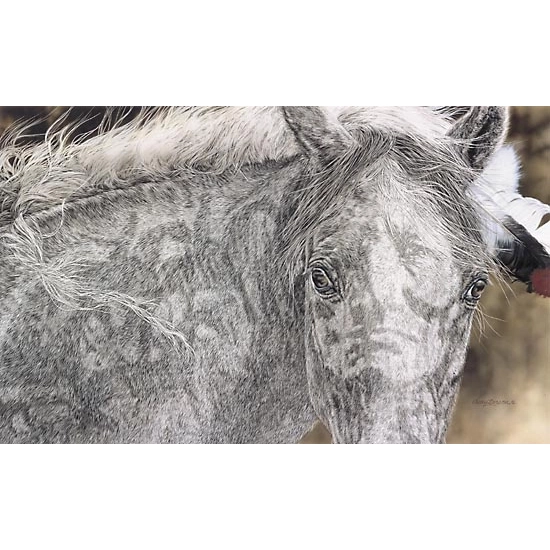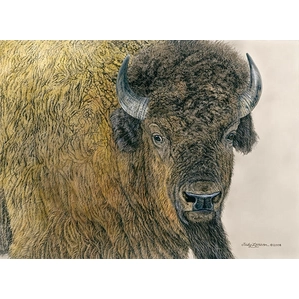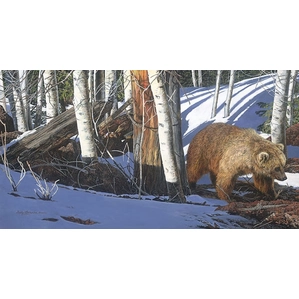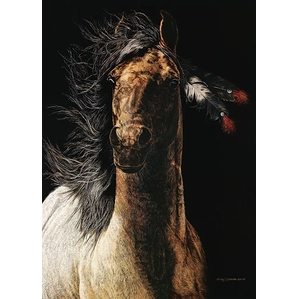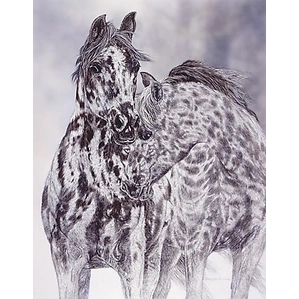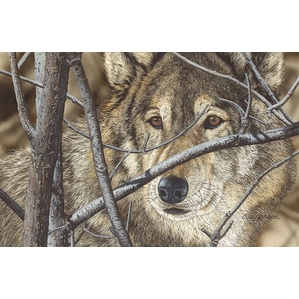Judy Larson RED HORSE Lithograph
Status: In Stock Available | Condition: New | Edition:Limited Edition Lithograph | Edition Size: Limited Edition of 3250 | Dim:24 x 14 3/4 | Judy Larson| Item #: JL00013
Price: $ 245.00 USD..
Countries We Ship To:
Judy Larson's contemporary portraiture blends abstract portrait art with emotional expression, offering a unique approach to figurative abstraction. Her mixed media portraiture captures the essence of the human form through vibrant color, textured paintings, and dynamic compositions. Larson's work delves into the psychological depth of her subjects, creating psychological portraits that speak to the viewer on a personal and emotive level. Through her use of expressive color and innovative techniques, she explores the complexity of human identity and emotion, turning the traditional portrait into a modern, conceptual work of art. Her modern figurative art invites viewers to explore the intersection of color, texture, and form in powerful visual narratives.
RED HORSE - JL00013
NOTES: In 1876, at the Battle of the Little Bighorn, Custer"s troops were badly outnumbered, although just how many Indians fought that day has always been a matter of debate. But by any account it was a tremendous gathering of mostly Sioux (as the Lakota were called) and Cheyenne Indians that were sprawled for several miles along the western bank of the Little Bighorn River, poised to meet Long Hair"s army. Custer had decided to have each of the companies in his 7th Cavalry ride a designated color of horse. Since his troop commanders were allowed, according to their rank to select the color they preferred, some officer favored the scheme more than others. E Troop, whose soldiers fell low on the totem pole, ended up with the least desirable but visually striking grays. Red Horse, a Minneconjou Lakota and a chief, was with his band in the center of the encampment. He was not involved in the battle until Custer approached from the opposite direction wherein Red Horse and other warriors crossed the river to do battle. As the fighting intensified on the eastern side of the river, the 213 men of E Troop desperately tried to hold the ridge against the Indian advance. With the fierce battle reduced to hand-to-hand combat, the cavalrymen were unable to shoot and hold their horses at the same time. The last of the gray horses were released, some shot, some captured. Red Horse was not only a participant but a verbal and visual witness. His forty-one color pictographs "” called ledger drawings "” depicting all phases of action are on display at the Smithsonian Institution. "Of course, I could not resist the intriguing coincidence of the gray horses of Troop E involved in battle with an Indian named Red Horse. This offered me the perfect opportunity to use camouflage to arouse the curiosity of the viewer and encourage him to step away from the painting. At first glance what one sees is a painting of a gray horse called Red Horse. I hoped that people would look more closely, wondering what the title meant to convey.".
RED HORSE Lithograph by Judy Larson is signed by the artist and comes with a certificate of authenticity.
image Copyright © 2025 by Judy Larson
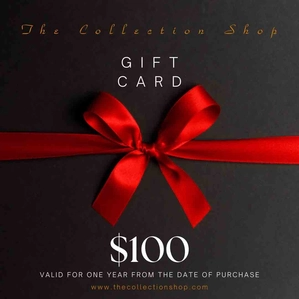
Gift Card Purchase
E-Gift Cards from The Collection Shop are the perfect way to gift art enthusiasts. Click below for more details!
Judy Larson bio
Judy Larson always knew she was going to be an artist. She was surrounded by them as a child, and was particularly inspired by her father, a professional illustrator. Judy received a Bachelor of Science degree in Commercial Art from Pacific Union College in Northern California, then spent the next 17 years as a commercial artist, illustrator and art director. In 1988, influenced by her love of nature and animals, Judy devoted her time to wildlife art. Her primary focus in each of her paintings is the animal, with the horse as a recurring subject. Her unique approach to her work is through the use of scratch board--a technique that can render magnificent detail but one requiring infinite patience. Scratch board, an old, but little used medium, consists of a smooth, thin surface of hardened China clay applied to a board. The subject is then painted solidly with black India ink to create a silhouette. Now the exacting work begins, engraving the image into the surface of the artwork. While many artists use steel nibs or engraving tools, Judy prefers to work with X-acto blades, changing them ever few minutes to produce as fine a line as possible. Once the subject has been totally scratched, it is a finished black and white illustration, ready for the artist to add color. The methods of adding color are diverse. Judy prefers a combination of airbrush, gouache or acrylics for finishing, with frequent rescratching for detail. Scratch board is a demanding medium, one that Judy has used masterfully in developing her unique approach to wildlife art.

